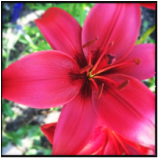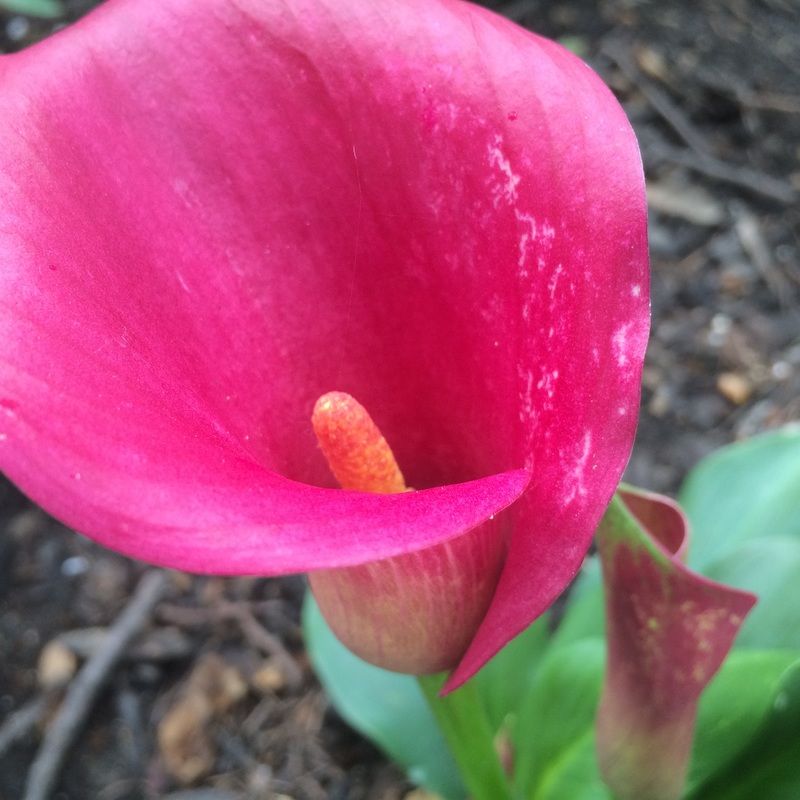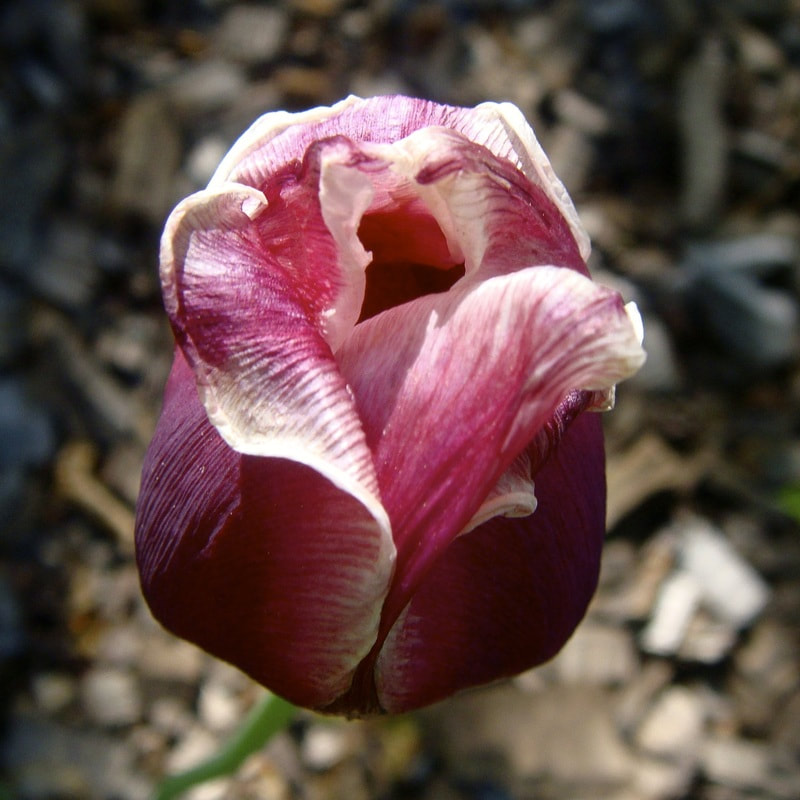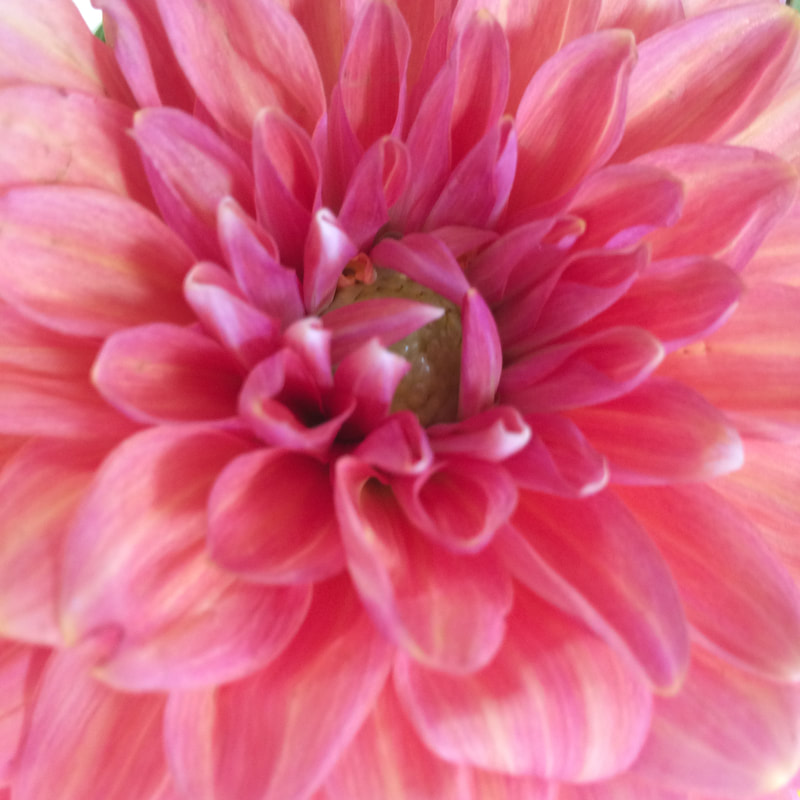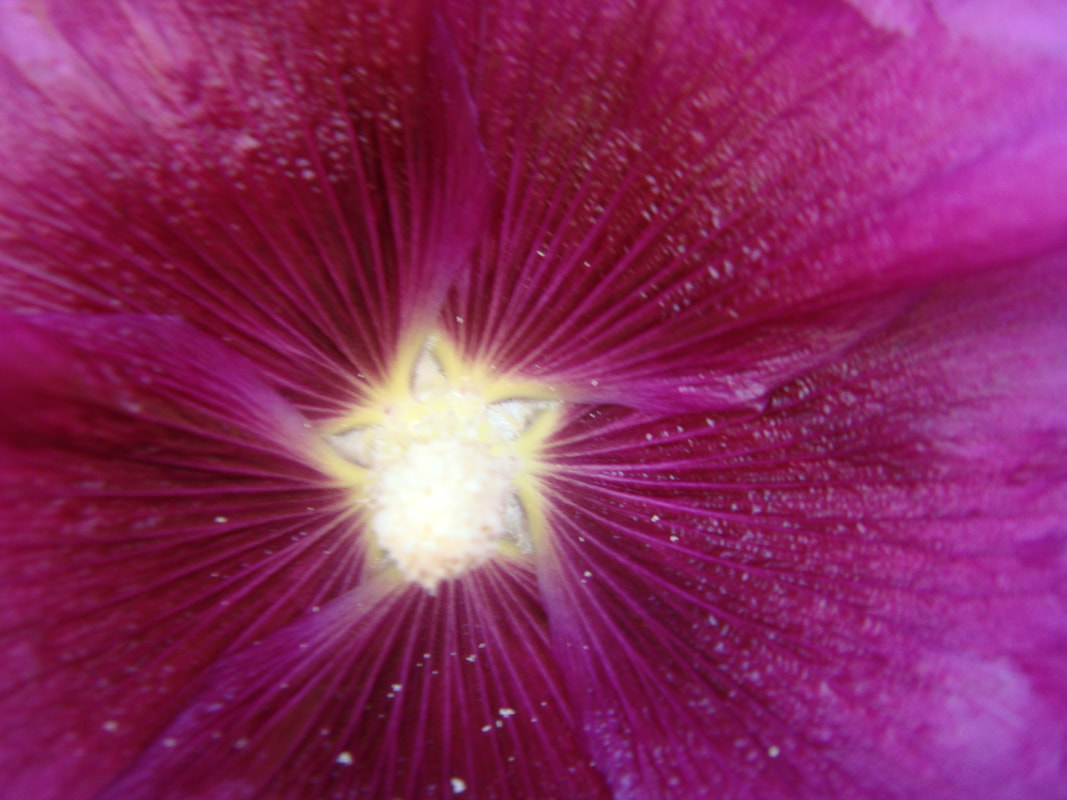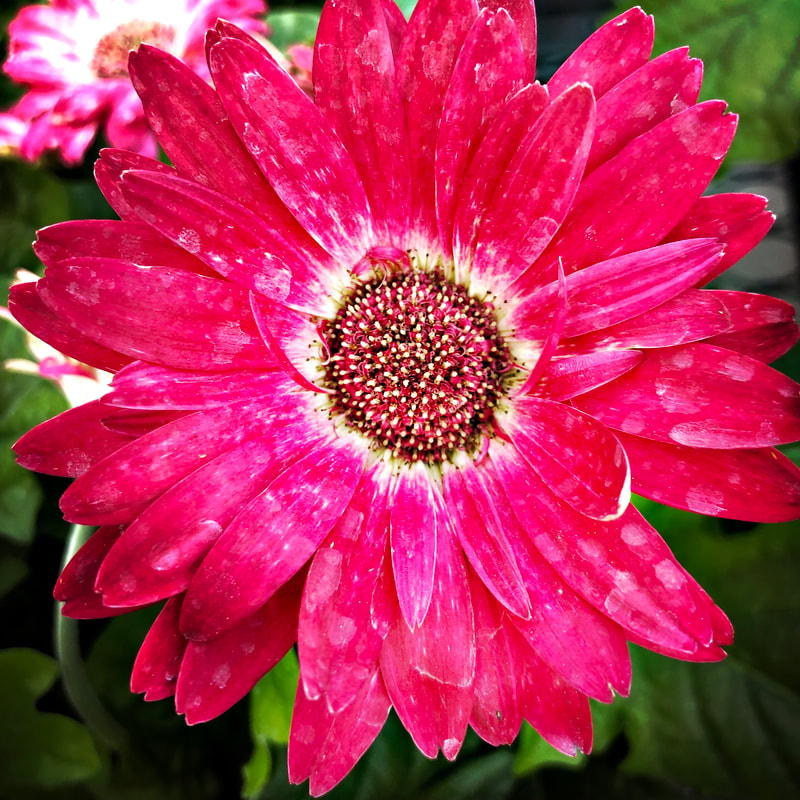Please be courteous with the information and ideas you find here. The ideas are to be shared, but please credit the original author.
Click here for the In the Classroom resources.
The Naïve Narrator in Student-Authored Environmental Writing
John Currie
6.1
|
William Riggan argues that the use of the naïve narrator in literature helps the reader generate toward them “considerable” goodwill and sympathy (181). We sympathize because we are not, or hope not to be, as naïve as the narrator and can relate to similar moments when we were the naïf. But mostly, we sympathize because do not feel manipulated by the narrator. The very stance of the curious, down-to-earth narrator in environmental literature allows for the development of what Lawrence Buell terms “a mature environmental aesthetic” (“The Environmental Imagination” 32). The narrator is not trying to be something other than a good teller, a good renderer—so that the reader can feel and enjoy detail enter them in their own imaginative way, on their own terms, without feeling pushed. The reader is left to make up his or her mind on the environmental topic at hand. Click here to continue reading.
|
The Humble Essayist's Paragraph of the Week:
A Discipline of the Heart and Mind
Steven Harvey
6.1
|
When I retired from college teaching five years ago, I started The Humble Essayist (THE) website as a digital classroom for promoting the personal essay and memoir online. My idea was to select single paragraphs from personal essays and memoirs written by writers that I admire and couple them with a single-paragraph commentary that tricked out one of the governing ideas behind the work. I saw this combining of my paragraph with the original as a way to promote personal prose, demonstrate and examine the styles of excellent writers, and educate readers on the thematic obsessions of a variety of nonfiction authors. As often happens, though, the teacher learned as much as the readers in my online class because writing a THE Paragraph is not just a rote learning device or a way to promote the form, but a tool for discovery. I have found that the two-paragraph format is a scalpel to slice deep into a literary work exposing its hidden heart, and anyone, students or experienced writers, can learn about the secret life of prose by trying out the simple exercise. Click here to continue reading.
|
Make Me Care!:
Creating Digital Narratives in the Composition Classroom
Reagan Nail Henderson
6.1
|
Writers in narrative fields like creative nonfiction and memoir can tap into all of the senses by integrating sound and images, especially since online journals and magazines provide the perfect platform for digital media. Where we used to rely on oral and written stories, though, we now have a variety of media to utilize, making our rhetorical choices that much more significant. Writers can take words off the page and contextualize them with images, video, and sound; this is the language of digital storytelling. Should we use slow motion for this dance sequence or speed this up? Would a black and white photo of a protest be more emotionally impactful than a chaotic scene of colorful picket signs?
These choices apply to composition classrooms as well. Expository writing, like argumentation, analysis and research, also relies on storytelling as an integral part of the rhetorical process. Every detail, every statistic, every example, every transition—these are choices writers make to convey a message and to personally connect with an audience, regardless of genre. My advanced Composition students now create digital narratives (videos) that complement their researched arguments and appeal to the emotions of their audience. The digital narrative assignment, developed over the last two years to replace the standard Power Point presentation, is a way to engage two different nonfiction styles in a required composition class. The collaboration ignites creativity and encourages multi-modal learning, which is increasingly relevant. Moreover, like many college-level instructors, my teaching philosophy stems from a place of social justice, and the goal is to help produce more informed, reflective, and compassionate citizens. If we teach our students to create emotional digital texts in the classroom, they might become more aware of the subtle manipulations of the media outside the classroom, and equally importantly, have the tools to meaningfully engage in their communities. Click here to continue reading. |
Making Meaning:
Authority, Authorship, and the Introduction to Creative Writing Syllabus
Abriana Jetté
6.1
|
Current conversations surrounding creative writing studies, then, appeal to interdisciplinary, multimodal, and multigenre teaching methods and student outcomes. Dr. Adam Koehler advocates for a stronger incorporation of the digital humanities, Dr. Tim Mayers pushes against the anti-intellectual identity of creative writing courses, and Dr. Anna Leahy promotes the possibilities of fashioning a department comprised of individual scholars from different fields—neurology, psychology, fashion, linguistics, and so on. These new theories suggest that creative writing is welcome to multiple pedagogies. Do introduction to creative writing course syllabi work in tandem with the most recent scholarship? In pursuit of an answer to the question of how students are introduced to creative writing at the college level, I investigated sixty introduction to creative writing syllabi from across the nation. In closely examining these syllabi, I looked to determine popular and/or alternative pedagogies, reading assignments, writing assignments, and assessment guidelines. My research confirmed that workshop pedagogy is the most popular form of teaching creative writing, with influences of its structure appearing in 60 out of 60 introduction to creative writing syllabi. Click here to continue reading.
|
Teaching Lucy Grealy’s “Mirrorings” and the Importance of
Disability Studies Pedagogy in Composition Classrooms
Jessie Male
6.1
|
It is the second half of the semester and my students and I are talking about Lucy Grealy’s essay “Mirrorings,” published in Harper’s Magazine in 1993. The piece was later expanded and developed into the highly regarded memoir Autobiography of a Face. The memoir, like the essay that preceded it, addresses Grealy’s diagnosis of cancer at the age of nine, the partial removal of her jaw, and a lifetime of painful procedures in order to “fix” her face. Grealy’s work, acclaimed by scholars and critics, has been described as “wise and harrowing” (Publisher’s Weekly). These adjectives too, are worthy of interrogation.
I teach Grealy’s “Mirrorings” during the life-writing unit of my Introduction to Composition class, a mandated course for all students at the university. Most students—though not all—have chosen the class for time or day of the week, their registration process an elaborate puzzle where English needs to fit effortlessly between chemistry lab and psychology. Most never thought they’d spend a semester studying “Representations of Disability.” On the first day, I watch them hedge and bristle. Some students worry they can’t connect to the topic. Others worry it will be too depressing. “Stick with it,” I tell them, “and by the end of the semester you will realize it is relevant to almost everything.” Click here to continue reading. |
Liminally True: Creative Nonfiction as Transformative Thirdspace
Wendy Ryden
6.1
|
I want to propose here a possible way of accounting for the satisfaction that a lot of students and I seem to experience in the creative nonfiction class, and that idea is liminality. It’s natural to talk about liminality with regard to CNF in terms of literary genre that defies easy placement. Sometimes referred to as the fourth genre in literature, the essay and other creative nonfiction forms occupy a liminal space in the world of writing, existing at the interstices of various genres. As has been much discussed, the term itself—creative nonfiction—is paradoxical in several ways, including its definition by what it is not, the yoking of the word “creative” with what seems like the opposite of the imaginative, and even the implication that not all composing is, in effect, “creative.” Such generic liminality gives rise to similar institutional ambiguity as attested to in Douglas Hesse’s articles “The Place of Creative Nonfiction” and “Who Owns Creative Nonfiction?” Hesse discusses the way creative nonfiction texts seem to challenge our textual classification systems and raises this point: “Where to put certain books on library and store shelves is metonymic of more complex questions regarding creative nonfiction's place in English studies” (“Place” 238). The “creative” component of such writing has aligned it with a belletristic tradition and situated it within creative writing domains and pedagogies, while the “nonfiction” element invokes the expository mode, long the bailiwick of first year writing and advanced composition as well as the researched exploratory often situated in journalism departments. Where to put creative nonfiction still remains an active question. Far from a vexed position, however, we can see this interstitial placement between creative and expository writing—this liminality—as powerfully productive, not merely in terms of genre but in terms of method and pedagogy for the writing classroom. It is not the definitions of creative nonfiction that are important to the argument I am making here but instead the liminal space where the juxtapositions meet. Creative nonfiction both bridges and frustrates the divide between creative and academic modes; the personal and the scholarly; indeed, it can function as a hinge between the two in a way that reveals the artificiality of these dichotomies. Creative nonfiction’s generativity derives in large part from this liminality, an idea of liminality evoked not only in the anthropologist Victor Turner’s classic notion of the liminal but in more postmodern assertions of the principle, such as urban planner/geographer Edward Soja’s concept of “Thirdspace.” Click here to continue reading.
|

